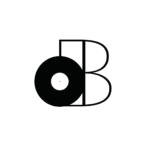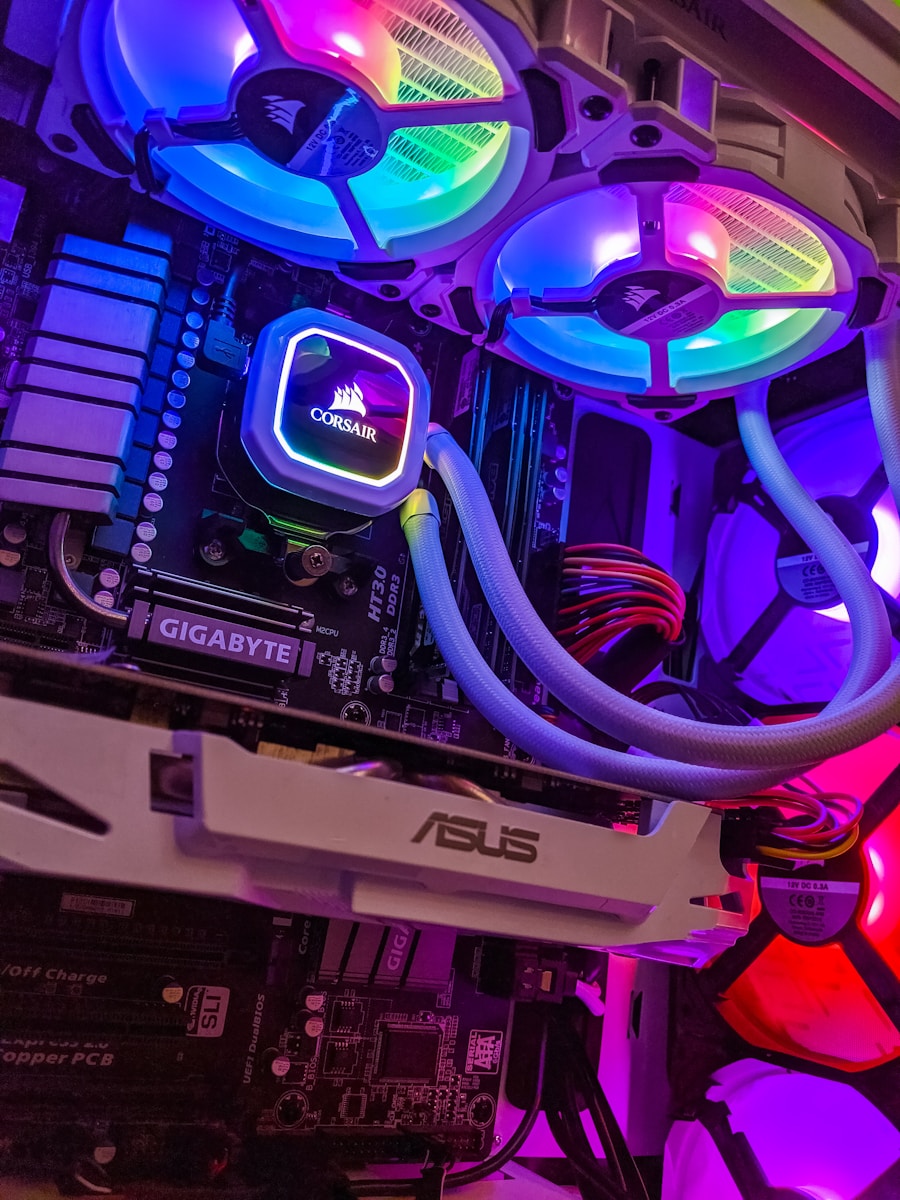So, you want to become a production sound mixer/recordist? Well, you’re going to need a shotgun microphone and a boom pole (more on that later)!
That’s why we’re looking at the best shotgun microphones for production sound and filmmaking.
If you really want the best though, you’ll actually want a few shotgun microphones.
You might need a shotgun microphone for outdoors/indoors, on-camera mounting, as a backup. You’ll also learn that the length of a shotgun microphone impacts pickup range.
In other words, shotgun microphones are in a category of their own.
So, let’s learn all about the shotgun microphones and the accessories you’ll be using on set…
- 1. Synco Mic D-2 – Best Budget Shotgun Microphone
- 2. Sennheiser MKH 416 – Best Shotgun Microphone for Dialogue
- 3. Audio Technica AT897- Best Budget Shotgun Microphone for Wireless Systems
- 4. RODE NTG5 – Best Shotgun Microphone for
- 5. Sennheiser MKE 400 – Best Shotgun Microphone for DSLRs
- 6. Sennheiser MKE 600 – Best Shotgun Microphone for Film Cameras
- List of accessories for Shotgun Microphones
- Summary: 6+ BEST Shotgun Microphones for Production Sound & Filmmaking
1. Synco Mic D-2 – Best Budget Shotgun Microphone
Specifications
- Type: Medium, Electret Condenser
- Polar Pattern: Hyper-Cardioid
- Frequency Response: 20 – 20,000 Hz
- Self-Noise: 12 dB
- Max SPL: 130 dB
- Output Impedance: 450 Ohm
- Power Requirement: 48V Phantom Power
- Included Accessories:
I already use the Synco G2(A2) wireless lavalier microphones as my fail-safe.
However, I’m sure you’d be just as impressed as I am with the quality of Synco products. Despite their affordability, they’re actually quite reliable for smaller operations.
The Synco Mic D-2 is actually in a league of its own though!
It comes so close to the legendary Sennheiser MKH 416 that it’s making headlines (check it out).
In short, if I had known about the Synco Mic D-2 when I first started production sound mixing/recording, I would’ve definitely gotten it instead of the MKH 416 (which is MUCH more expensive).
Well, now I use the Synco Mic D-2 as my fail-safe for my shotgun microphone.
It’s actually got a hotter output than the MKH 416 which means you’ll need less gain.
The self-noise, surprisingly, matches the MKH 416 at such an unbelievable price range.
I’m telling you, it’s worth checking out before investing in the Sennheiser MKH 416…
2. Sennheiser MKH 416 – Best Shotgun Microphone for Filmmaking
Specifications
- Type: Medium, Condenser
- Polar Pattern: Hyper-Cardioid
- Frequency Response: 40 – 20,000 Hz
- Self-Noise: 13 dB
- Max SPL: 130 dB
- Output Impedance: 25 Ohms
- Power Requirement: 48V Phantom Power,
- Included Accessories: Microphone Clip, Foam Windshield, Storage Case
If you think it’s too expensive though, then you probably picked the wrong industry…
The Sennheiser MKH 416 is worth EVERY PENNY and is currently the industry standard when it comes to shotgun microphones on film sets.
It’s essentially your “passport” into the world of location sound mixing/recording.
So, why exactly is the Sennheiser MKH 416 praised so much?
Well, for starters…
- It’s virtually indestructible
- It’s moisture-resistant
- It’s got an EXTREMELY flat frequency response
- It’s basically like a “laser beam”
To elaborate on that last statement, the Sennheiser MKH 416 is one of the most directional microphones I’ve ever worked with.
Even from far away, it can still focus on any sound source.
Before you say anything… YES, that technically means that you can mount it on your DSLR camera and still get amazing results.
HOWEVER, the Sennheiser MKH 416 sounds better and better the closer you get it to your target. It’s even better if you get it on-axis.
That being said, even off-axis recording (like a typical boom operator would) yields fantastic results. It’s difficult to make this microphone sound bad!
It’s also got an extremely low self-noise which is a sure-sign of quality!
The only thing to keep in mind with Sennheiser MKH 416 is that there’s a slight presence boost in the top-end. It might result in excessive sibilance, but that can easily be taken care of with a de-esser in post.
3. Audio Technica AT897 – Best Shotgun Microphone for Wireless Systems
Specifications
- Type: Medium, Electret Condenser
- Polar Pattern: Line + Gradient
- Frequency Response: 20 – 20,000 Hz
- Self-Noise: 17 dB
- Max SPL: 129 dB
- Output Impedance: 200 Ohms
- Power Requirement: 48V Phantom Power, AA Batteries
- Included Accessories: Microphone Clip, Foam Windshield, Storage Case
I’ve been hearing lots of great things about the Audio Technica AT897 so I decided to include it.
It’s actually even more affordable than the Synco Mic D-2, but it definitely doesn’t sound like the Sennheiser MKH 416. Still, that doesn’t mean it doesn’t sound great!
What’s interesting about the Audio Technica AT897 is that it uses a peculiar polar pattern which they refer to as line + gradient.
Now, the “line” polar pattern simply refers to the interference tube that are signature of all shotgun microphones.
However, the addition of a “gradient” element apparently assists in rear rejection.
That being said, the Audio Technica AT897 is still a serious contender at an incredible price.
It’s also interesting that its frequency response is stated to be 20 – 20,000 Hz which would indicate that it performs better than the Sennheiser MKH 416 (40 – 20,000 Hz) in the bottom-end.
The AT897 also includes a high-pass filter that cuts anything below 80 Hz.
Lastly, one of the most useful features on the Audio Technica AT897 is the fact that you can ALSO power it using an internal AA battery.
If you want to connect your shotgun microphone to a wireless transmitter, this is the one to get!
4. RODE NTG5 –
Specifications
- Type: Medium, Condenser
- Polar Pattern: Super-Cardioid
- Frequency Response: 20 – 20,000 Hz
- Self-Noise: 10 dB
- Max SPL: 130 dB
- Output Impedance: 25 Ohms
- Power Requirement: 48V Phantom Power
- Included Accessories: RODE Windshield, RODE Shockmount, Carrying Case
RODE always seems to take it home when it comes to virtually noiseless microphones on a budget.
The RODE NTG5 actually produces less self-noise than the Sennheiser MKH 416.
What interests me the most about the NTG5 though is the included shockmount.
That’ll actually save MUCH more money than you think at first. However, you’ll still need a microphone capsule and a windshield if you plan to record outdoors.
That being said, the NTG5 is a great shotgun microphone for INDOOR-USE.
The only thing to keep in mind is that its polar pattern is super-cardioid (not hyper-cardioid). That makes the NTG5 less directional, but that’s actually better indoors.
It’s also easier to use because of that, so I’d consider it as a complimentary microphone to the MKH 416.
5. Sennheiser MKE 400 – Best Shotgun Microphone for DSLRs
Specifications
- Type: Small, Electret Condenser
- Polar Pattern: Super-Cardioid
- Frequency Response: 50 – 20,000 Hz
- Self-Noise: 21 dB
- Max SPL: 132 dB
- Output Impedance: 32 Ohms
- Battery Requirement: 2x AAA Batteries
- Included Accessories: TRS-TRS Cable, TRS-TRRS Cable, Windshield, Carrying Case
I definitely recommend having at least one camera-mount shotgun microphone.
If you’re just getting started, take a look at the Sennheiser MKE 400 if you’re using a DSLR camera like the Sony A7s. However, you can easily connect it to higher-end cameras with a TRS-XLR cable.
I just wouldn’t expect professional sound-quality from an MKE 400…
Sure, it’ll still sound great in ideal conditions, but it’s nowhere near the MKH 416.
The MKE 400 is also quite small, so it’ll work best in close proximity to the sound source.
BUT, it’s a great “scratch mic” considering what it costs. That’s what I’d use it as; a really good “scratch mic” if you want a fail-safe for your shotgun AND lavalier microphone(s).
Best part… It doesn’t require 48V Phantom Power, just 2x AAA batteries.
6. Sennheiser MKE 600
Specifications
- Type: Medium, Condenser
- Polar Pattern: Super-Cardioid
- Frequency Response: 40 – 20,000 Hz
- Self-Noise: 15 dB
- Max SPL: 132 dB
- Output Impedance: N/A
- Battery Requirement: 48V Phantom Power, Internal Battery
- Included Accessories: MZS 600 Shockmount, MZW 600 Windshield, TRS-XLR Cable, Carrying Case
If you’re looking for a respectable camera-mount shotgun microphone, go for the MKE 600.
Quality-wise, it’s very close to the MKH 416, but it’s not as directional (it’s super-cardioid).
That being said, it’d be a great compliment to your hyper-directional booming and it could also serve as a fail-safe to your shotgun and lavalier microphone(s).
The MKE 600 is longer than the MKE 400, so it’ll pick up sound from further away.
It can also be powered by 48V Phantom Power (if the camera can provide that), but the MKE 600 also has an internal rechargeable battery.
Biggest benefit… It comes with a great camera-mount shockmount (if you can clean audio, you know).
List of accessories for Shotgun Microphones
So, you’ll definitely be needing more than just the shotgun microphone.
Sadly, most beginner location sound mixers/recordists usually cheap out on the accessories and completely RUIN the sound quality of their shotgun microphone.
Here’s a list of what you’ll be needing…
- Boom Pole (K-Tek, Ambient, etc…)
- Shockmount (Rycote, RODE, etc…)
- Blimp/Zeppelin (w/ furry windshield)
In regards to boom poles, I personally work with K-Tek. To be more specific, I’m currently using the K-Tek 102CCR Graphite Boom Pole which is EXTREMELY light.
Aluminum is good, carbon fiber is great, but graphite is another thing altogether…
If you want an excellent shock-mount/microphone capsule bundle at an affordable price, just got with the Rode Blimp.
I personally bought a second-hand Rycote WS4 bundle, but I’m honestly disappointed with the quality. Considering how much it costs new, I expected much better…
Other than that, just make sure to have your cables (and backups) and you’re set!
Summary: 6+ BEST Shotgun Microphones for Production Sound & Filmmaking
Like I said, it’d be best to have a shotgun microphone for every occasion.
However, the best shotgun microphone is the one you can afford!
That being said, as much as I recommend the Sennheiser MKH 416 for film and TV sets, you could easily start off with the Synco Mic D-2.
That’s the shotgun microphone I recommend starting off with.
The value in getting an MKH 416 is that you can charge more when you rent your kit to the productions you’ll be working on. Imagine how much you can charge with a collection of shotgun microphones…
So, what I’m saying is to build your shotgun microphone collection over the course of your career.
If you want a great compliment to the Synco Mic D-2 though, also get the Audio Technica AT897. That way, you can have 2 shotgun microphones and it’d cost you less than the MKH 416!
What do you think though? Which shotgun microphones do you use on set?
Let us know in the comments and feel free to leave us your questions as well!
Related Articles
- How To Use a Shotgun Microphone: The Ultimate Guide for Production Sound
- Sennheiser MKH 416 Review | Production Sound & Filmmaking
Sources
https://www.syncoaudio.com/products/sy-d2-bk
https://en-ca.sennheiser.com/mkh-416-p48u3
https://www.audio-technica.com/en-ca/at897
https://rode.com/en/microphones/shotgun/ntg5










